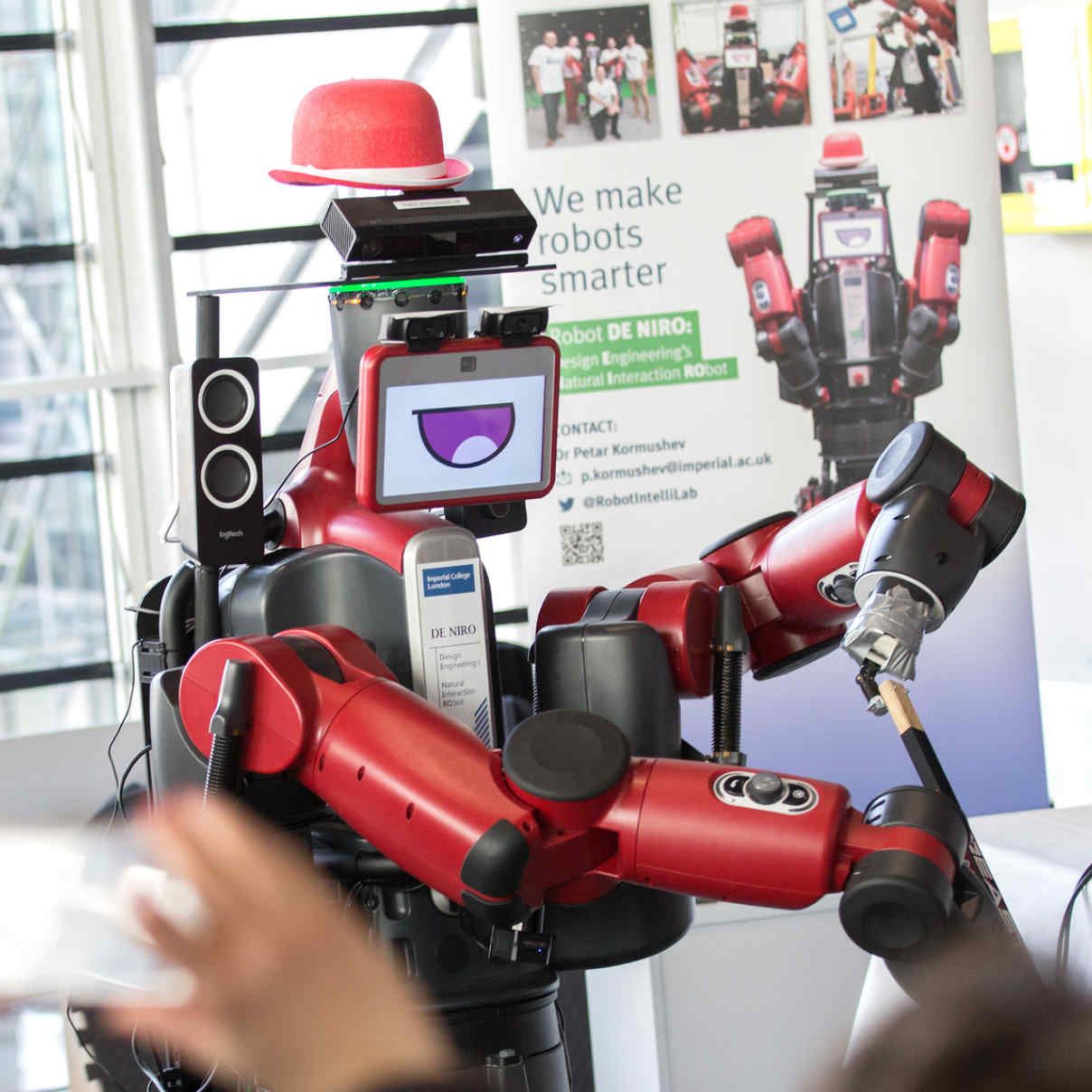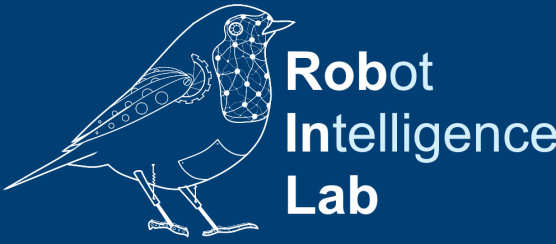BibTex format
@article{Russell:2021:10.1109/LRA.2021.3062355,
author = {Russell, F and Takeda, Y and Kormushev, P and Vaidyanathan, R and Ellison, P},
doi = {10.1109/LRA.2021.3062355},
journal = {IEEE Robotics and Automation Letters},
pages = {2563--2570},
title = {Stiffness modulation in a humanoid robotic leg and knee},
url = {http://dx.doi.org/10.1109/LRA.2021.3062355},
volume = {6},
year = {2021}
}


